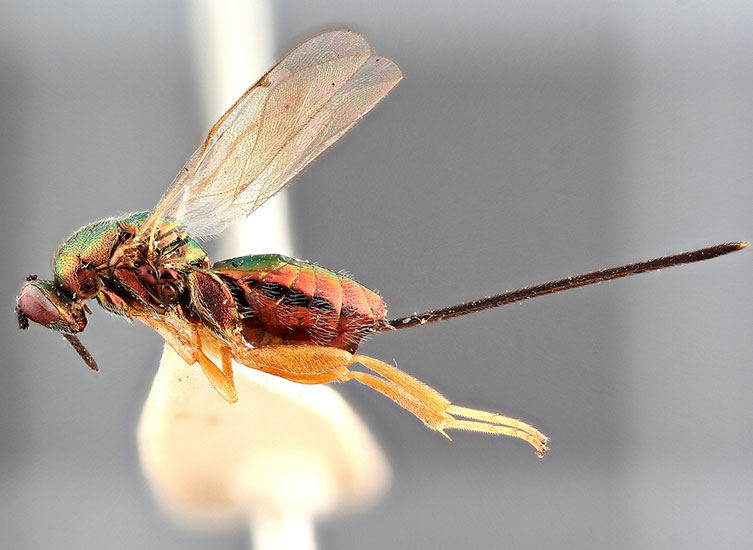Application details
Deadline to apply: Monday 20 January 2025, 17:00 GMT

In a world of accelerating ecosystem change, the potential impacts of habitat and climate change are still very poorly understood for many groups of organisms. One such group is parasitoid wasps (Hymenoptera).
At least a quarter of insect species are parasitoids wasps; their larvae eat host arthropods (mainly insects), killing their hosts. This life history results in parasitoids being very important in regulating host populations, but also potentially very vulnerable to change in host populations, as they are apex predators.
This project will utilize the collections of the Natural History Museum to develop new methods of assessing potential changes in distribution and/or abundance over the last century, questions which have been difficult to answer in the absence of standardised recording.
Do parasitoids track the population trends of their hosts, or are they responding differently to ecological parameters? This project also aims to test the importance of taxonomy in interpreting patterns of change. As we better define parasitoids wasp species, through DNA barcoding, better knowledge of hosts and new discoveries, to what extent does this impact our baseline knowledge of distribution and phenology?
Most of the data gathering will be museum collection-based.
The primary supervisor, a taxonomist and museum curator, will provide training in parasitoid wasp identification, taxonomy and ecology. The secondary supervisor, a leading behavioural ecologist will provide training in ecology. The tertiary supervisor (Charlie Outhwaite) is an expert in distribution modelling using non-standardised data.
There will also be access to NHM-run courses, such as training in R, and phylogenetic methods.
Deadline to apply: Monday 20 January 2025, 17:00 GMT
Natural History Museum
University College London

.png)